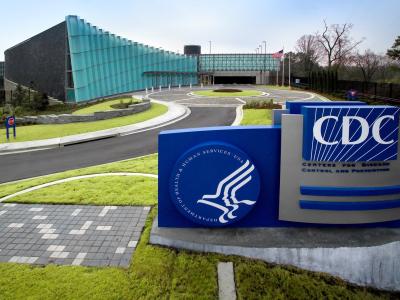A systematic review and meta-analysis found no evidence that compliance with a protocol aimed at improving sepsis care was associated with a mortality benefit, researchers reported yesterday in the Annals of Internal Medicine.
For the study, researchers at several University of California locations reviewed literature assessing the relationship between the Centers for Medicare and Medicaid Services (CMS) Severe Sepsis and Septic Shock Management Bundle (SEP-1) and mortality. Implemented in 2015 by CMS, SEP-1 is a bundle of measures that includes administration of broad-spectrum antibiotics within 3 hours of sepsis onset. Other elements of SEP-1 include rapid infusion of fluid, blood cultures, lactate measurement, vasopressors for fluid-refractory hypotension, and re-evaluation of volume status.
Sepsis occurs when the immune system overreacts to an infection, triggering a chain of events that can lead to tissue damage, organ failure, and death. More than 1.7 million American are treated for sepsis each year, and an estimated 250,000 die from it.
Implications for policy, economics, practice
In 2023, CMS announced it would include SEP-1 as a pay-for-performance measure by incorporating it into the Hospital Value-Based Purchasing (VBP) program. It based its decision on data that indicated that antibiotic and fluid-focused sepsis bundles were associated with improved patient outcomes. For hospitals to get credit, all elements of the bundle must be implemented.
But as the study authors note, while medical societies and patient advocacy groups have praised SEP-1 for raising sepsis awareness and improving sepsis care delivery, the evidence that the bundle is associated with a mortality benefit is limited. There has also been concern that SEP-1 leads to overuse of broad-spectrum antibiotics. Because of these concerns, the Infectious Diseases Society of America and other groups urged CMS in 2023 to retire SEP-1 and made recommendations for a new sepsis measure focused on mortality rates.
Against this backdrop, the researchers aimed to assess whether compliance with SEP-1 at the patient level and implementation at the system level is associated with any effect on mortality.
"The inclusion of SEP-1 in the Hospital VBP Program will directly affect hospital Medicare reimbursements," the study authors wrote. "Thus, assessing the effect of SEP-1 compliance on patient-centered outcomes has important implications for health care policy, administration, economics, and clinical practice."
Some patients may benefit, but higher-quality evidence needed
Seventeen studies met the inclusion criteria, all of them observational and none with a low risk of bias. Twelve of the studies assessed the effect of SEP-1 compliance on mortality. Of those studies, five showed a statistically significant benefit on mortality in at least one subgroup, but seven showed no benefit.
Of the five studies showing a benefit, however, only one showed significant benefit. Among the four others, one didn't adjust for confounders, one found benefit only among patients with severe sepsis, one included only patients with septic shock, and one included only Medicare beneficiaries.
Overall, we found no high- or moderate-level evidence to suggest that SEP-1 compliance was associated with improved mortality; however, there may be a signal of mortality benefit in certain populations.
In addition, the authors note that the one study that showed significant mortality benefit associated with SEP-1 implementation at the system level did not adjust for mortality trends before implementation.
"Overall, we found no high- or moderate-level evidence to suggest that SEP-1 compliance was associated with improved mortality; however, there may be a signal of mortality benefit in certain populations, such as Medicare beneficiaries and patients with septic shock," they concluded. "Until higher-quality evidence supporting SEP-1 is available, the addition of SEP-1 into the Hospital VBP Program should be reconsidered."























